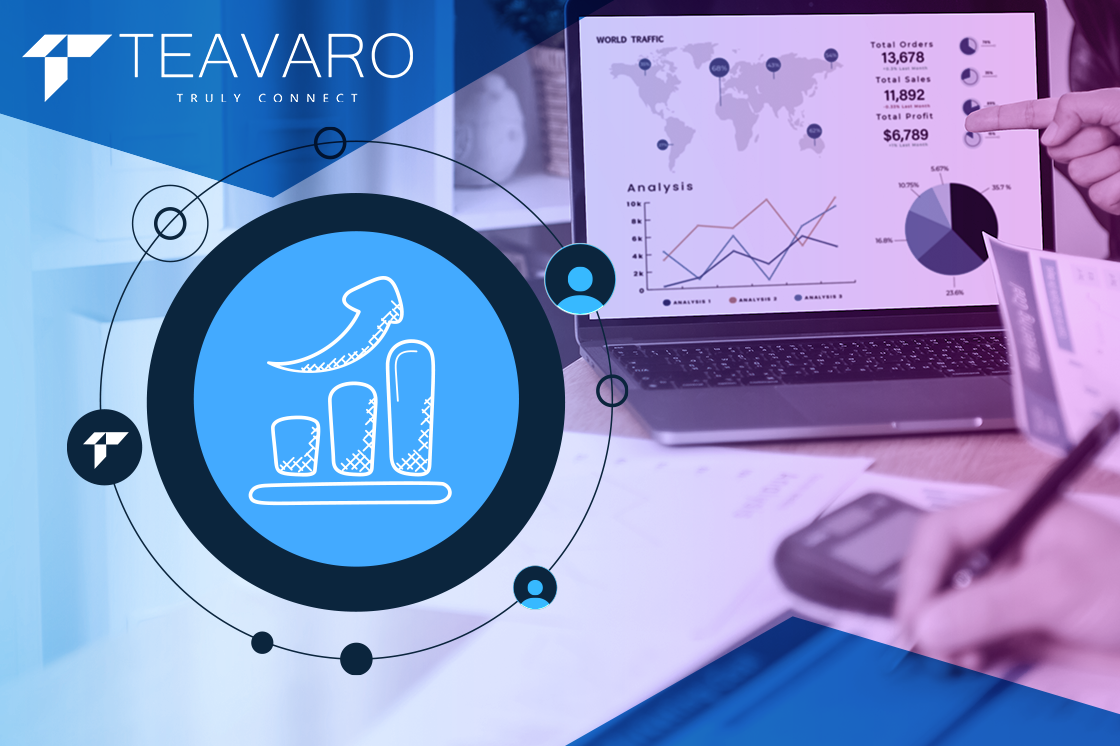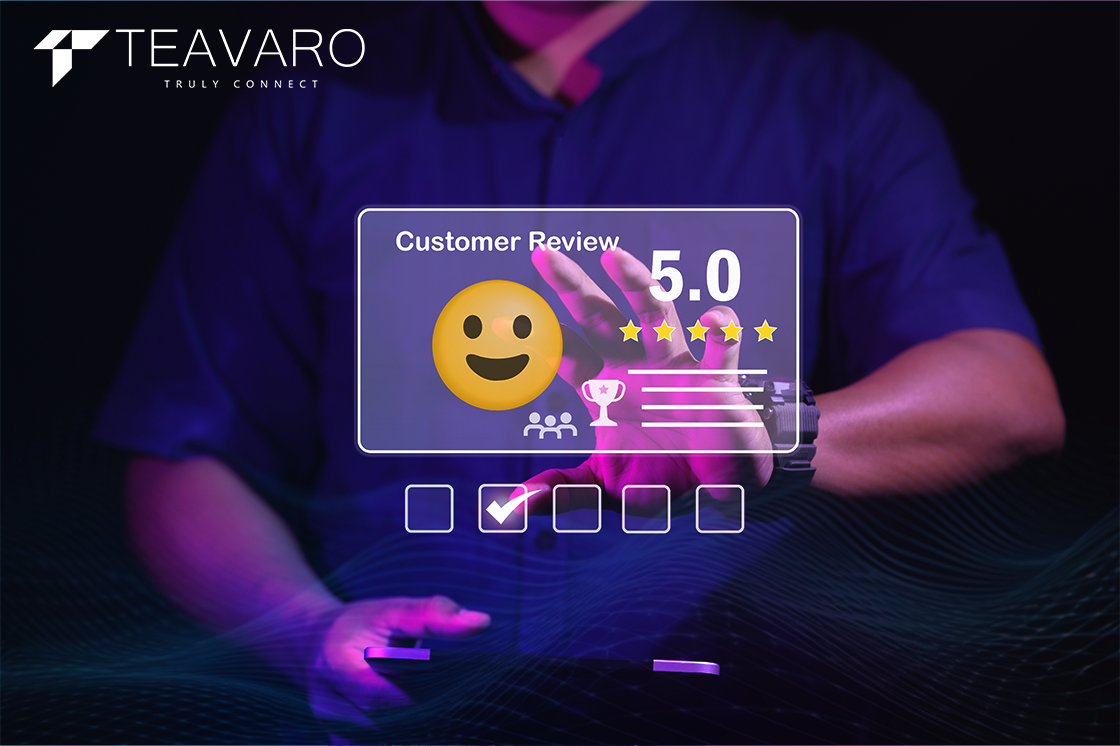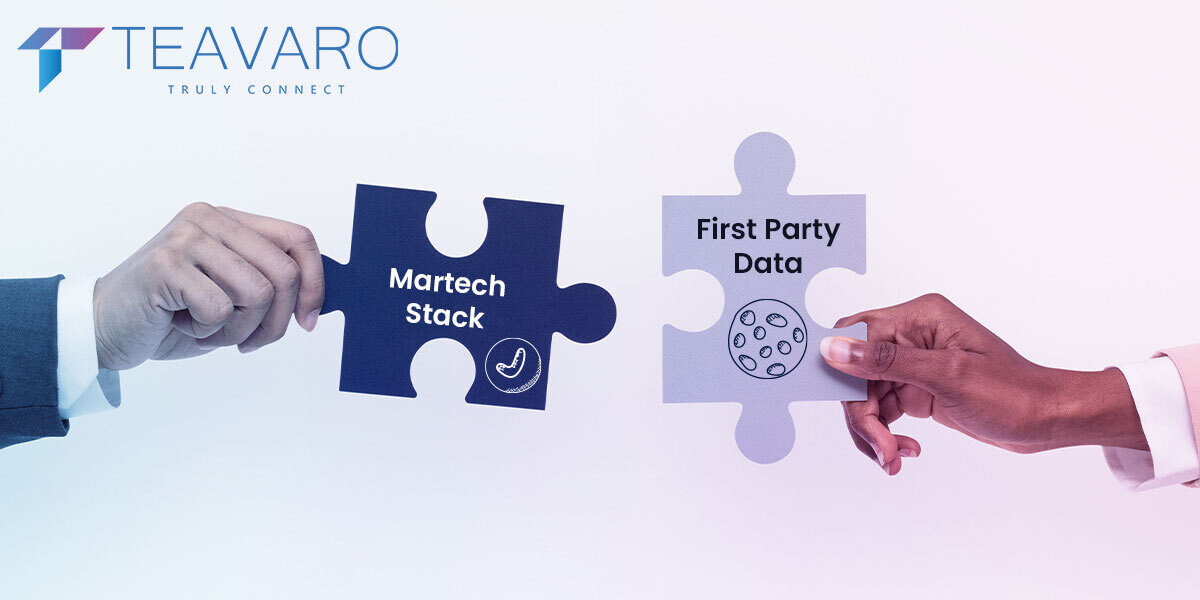Marketing today is no longer about guesswork, endless trial-and-error, or relying solely on creative sparks. Instead, a data-driven approach has taken centre stage, allowing organisations to glean actionable insights from real customer data, refine their marketing strategy, and ultimately achieve measurable results. Data-driven marketing works by combining thoughtful data collection, in-depth data analysis, and ongoing optimisation to target the right audiences on the right channels at precisely the right time.
Rather than trusting hunches, data driven marketers rely on the concrete reality of customer interactions. By tapping into multiple data sources, from website analytics to social media platforms, marketing teams can identify patterns that traditional marketing might overlook. This shift doesn’t just lead to better campaign performance; it paves the way for data-driven growth, more meaningful customer relationships, and a consistent opportunity for improvement with every single tactic you deploy.









